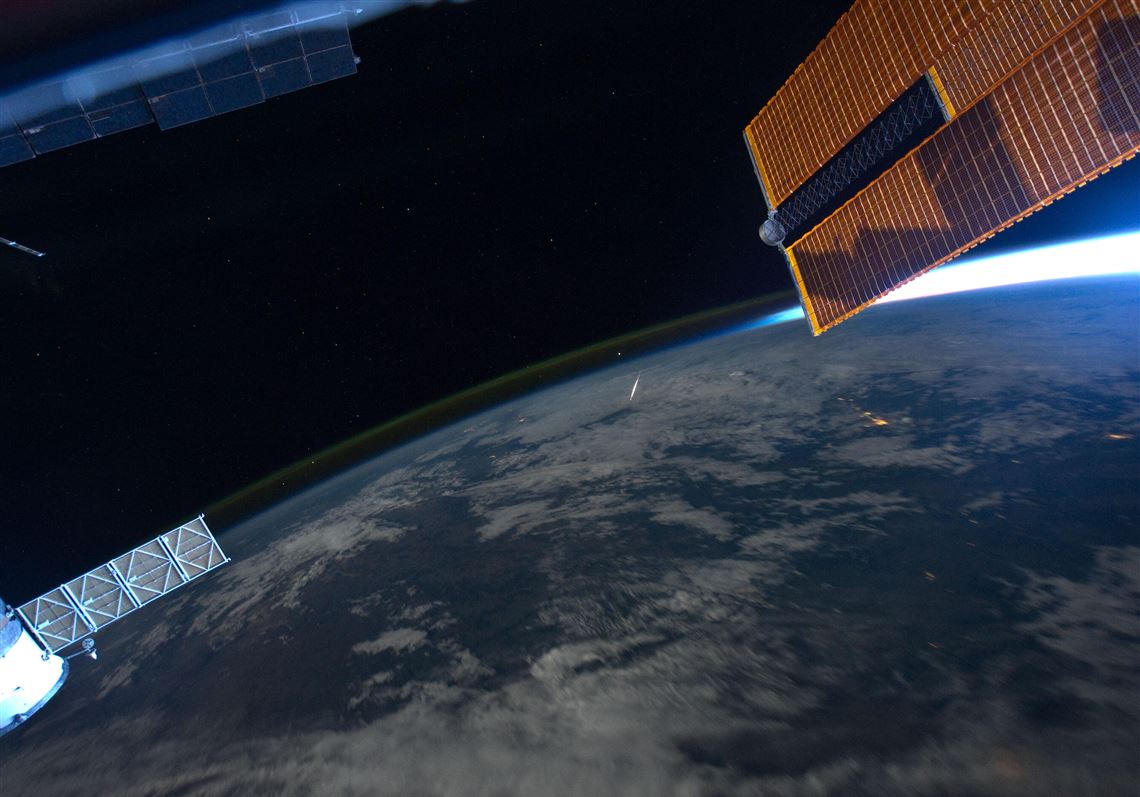This week is the peak of the Perseid meteor shower. Meteors can be seen all week, but in the early morning hours of Aug. 13, stargazers will be treated to a brilliant display of dozens, sometimes even hundreds, of speedy ‘shooting stars’ as the Earth plows through a debris field left behind by the comet Swift-Tuttle. What is this comet, and why has it left such a brilliant annual legacy in our skies?
Independently discovered and described by Lewis Swift and Horace Tuttle in 1862, this large comet has a Halley-like orbit with a period of 133 years. Currently, the comet is out near Pluto in the icy Kuiper Belt region, but it will return in 2126 as its innermost orbital path lies just inside the orbit of the Earth. Curiously, the comet is also observed to be in an 11-1 orbital resonance with Jupiter, completing one orbit for every eleven orbits of the gas giant.
In some instances, the comet passes alarmingly close to Earth, with a near miss predicted in the 4400s. While an impact would be disastrous, this celestial proximity also is the reason for the wonderful meteor shower we are currently enjoying. When Swift-Tuttle passes near the sun, surface ice is vaporized, forming a coma and tail, leaving a dense patch of debris in the August portion of Earth’s orbit around the sun, and giving us our beloved Perseid meteor shower.
First Published: August 13, 2019, 4:00 a.m.
















